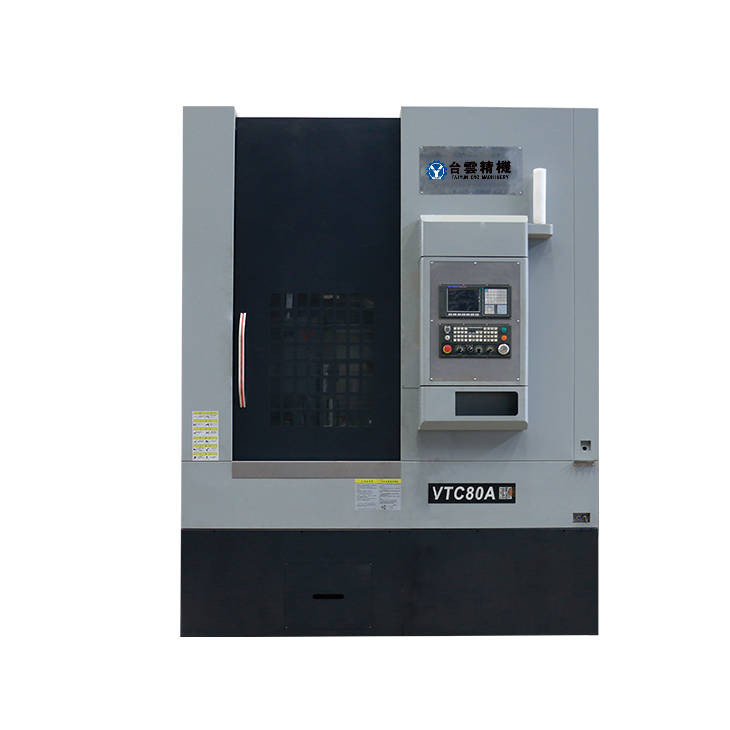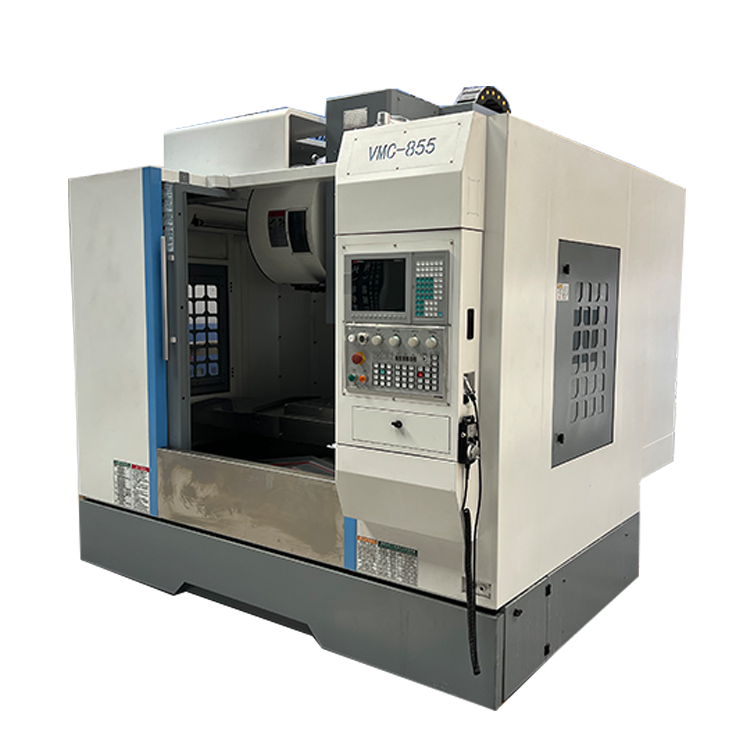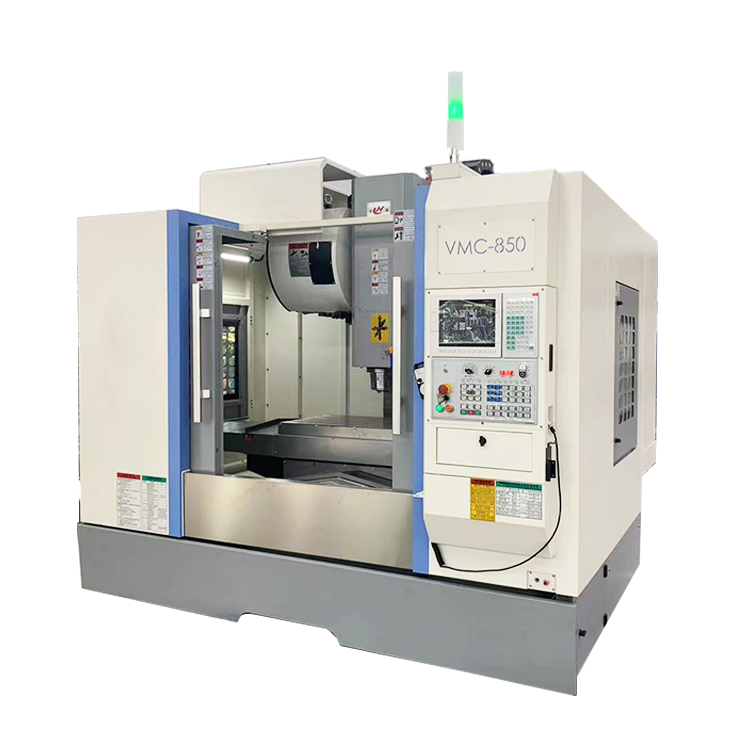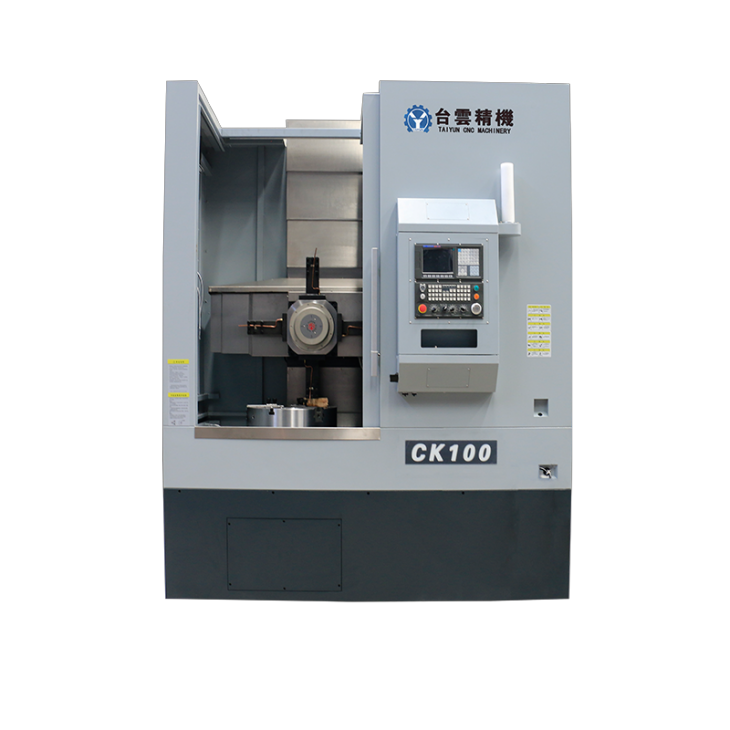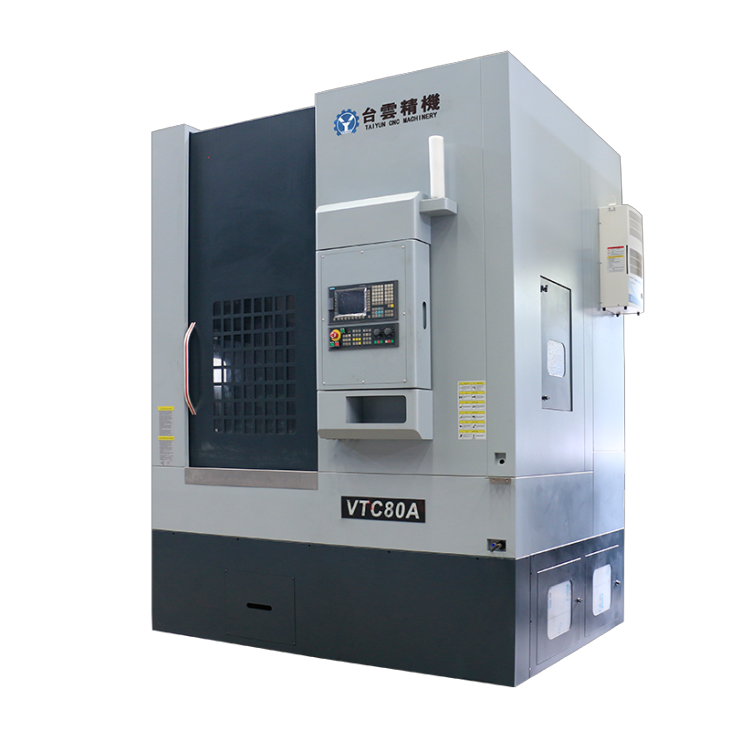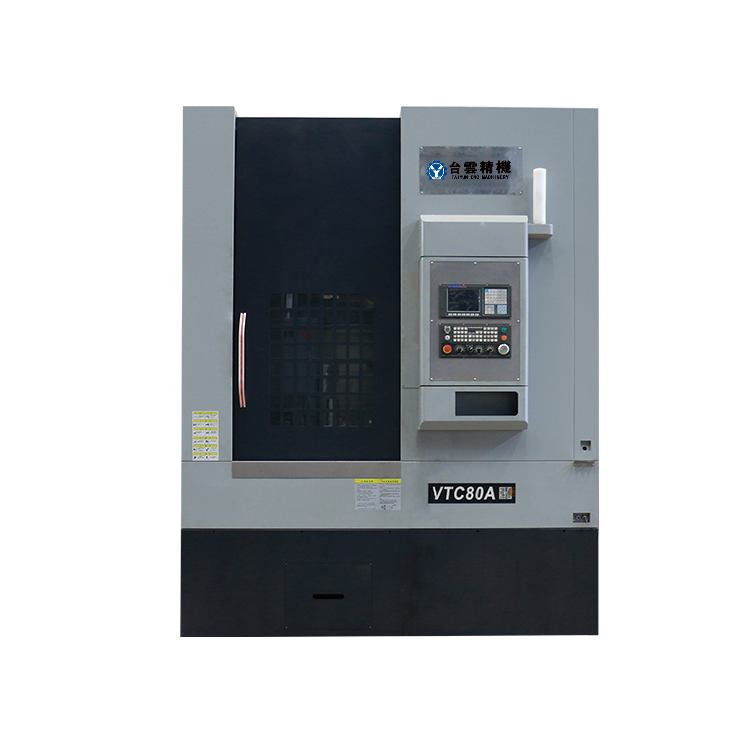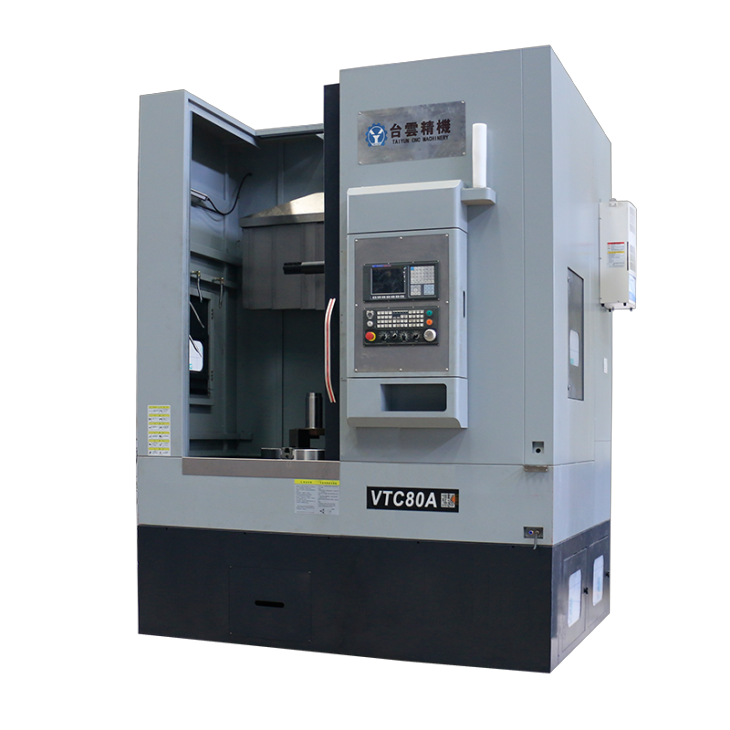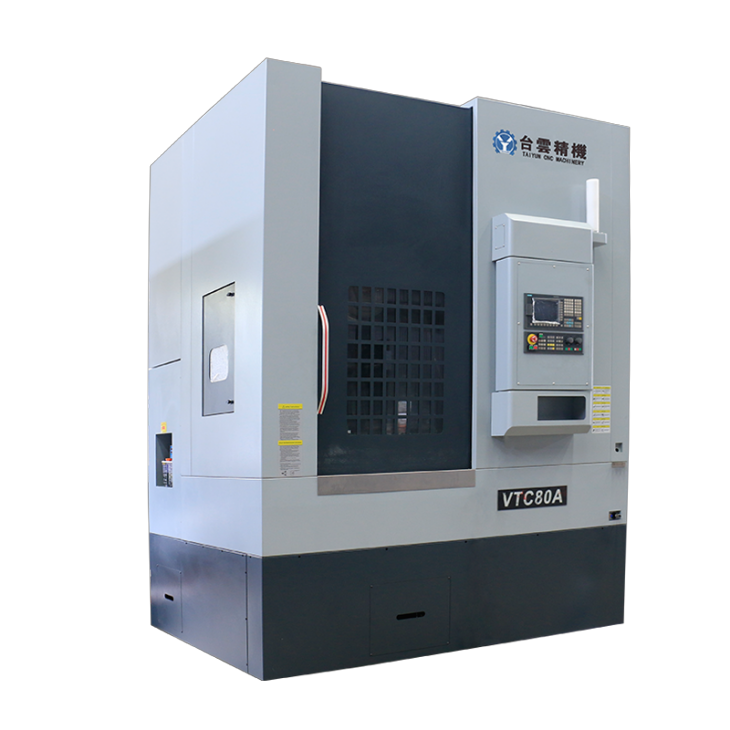- Recommended news
-
System composition of CNC horizontal machining center
2024-06-18
-
A method to solve the problem of spindle shaking in CNC lathes
2024-06-15
-
In which industry is the most widely used CNC vertical lathe?
2024-06-04
-
How to clamp the workpiece on a CNC vertical lathe?
2024-05-29
-
CNC milling machine machining center commonly used accessories
2024-05-25
-
Steps for adjusting the turret of a CNC vertical lathe
2024-05-22
Custom CNC turning lathe
Customizing a CNC turning lathe is a complex process involving many aspects and considerations....
Customizing a CNC turning lathe is a complex process involving many aspects and considerations. Here are some key steps and considerations to help you better understand and customize:
1. Requirements analysis:
First of all, customizing a CNC turning lathe requires clear processing requirements, including the type of workpiece to be processed, material, size, and accuracy requirements.
Customized CNC turning lathe analyzes bottlenecks and potential improvement points in the production process to determine the necessity and direction of lathe customization.
2. Choose a partner:
Look for a CNC lathe manufacturer or custom service provider with extensive experience and a good reputation.
Consider the CNC turning lathe manufacturer's technical capabilities, equipment advancement, after-sales service and other factors.
3. Technical specifications determined:
Customized CNC turning lathes determine the main technical specifications of the lathe based on the demand analysis results, such as table size, spindle power, rotational speed range, feed speed, etc.
Customize CNC turning lathes by choosing a suitable CNC system and programming method to ensure that the lathe can meet your processing needs.
4. Structural design:
Cooperate with the manufacturer to design the overall structure of the lathe, including the bed, column, spindle box, feed mechanism, etc.
Customized CNC turning lathes consider structural stability, rigidity and accuracy retention, as well as ease of maintenance and operation.
5. Accessories and tool configuration:
Customized CNC turning lathes select suitable cutting tools, fixtures and measuring tools based on processing needs.
Customized CNC turning lathes should consider equipping accessories such as automatic tool changers and tool setters to improve processing efficiency and accuracy.
6. Control system and software:
Choose a high-performance CNC system for customized CNC turning lathes to ensure stable operation and precise control of the lathe.
Custom CNC turning lathes are equipped with easy-to-use programming software to facilitate operator programming and debugging.
7. Trial production and debugging:
After the customized CNC turning lathe is manufactured, trial production and debugging are carried out to ensure that all functions are normal and meet the technical specifications.
Based on the debugging results, necessary adjustments and optimizations are made to the customized CNC turning lathe.
8.Training and services:
Training of custom CNC turning lathe operators to ensure they are proficient in lathe operation and maintenance skills.
Establish long-term cooperative relationships with manufacturers to obtain technical support and after-sales service guarantees.
Please note that custom CNC turning lathes are a highly specialized process that require in-depth technical knowledge and experience. Therefore, when customizing, be sure to work closely with a professional manufacturer or service provider to ensure the final product meets your expectations and needs.
| Specification | unit | VTC80A | Specification | unit | VTC80A |
| X axis | mm | 670 | Turret station | Four stations/eight stations | |
| Z axis | mm | 200-1050 | X-axis rolling linear guide | 2 pieces, width 45mm | |
| Maximum turning diameter | mm | Φ1000 | Z axis rolling linear guide | 2 pieces, width 55mm | |
| turning diameter | mm | Φ800 | cooling motor | W | 450+750 |
| turning height | mm | 850 | Pump output | m³/h | 4m³/h |
| Spindle speed | rpm | 100-800 | Repeatability | mm | ±0.005 |
| Spindle motor power | Kw | 22 | positioning accuracy | mm | ±0.008 |
| Spindle diameter | mm | Φ180 | smallest positioning unit | mm | 0.001 |
| Chuck model | hydraulic chuck | Dimensions (approx.) | mm | 2400*2100*3600mm | |
| diameter | inch | 24″ | Gross weight (approx.) | kg | 9000 |

 English
English 日本語
日本語 한국어
한국어 Россия
Россия  Français
Français España
España عرب .
عرب .  Português
Português Deutsch
Deutsch भारत
भारत Нидерланды
Нидерланды
